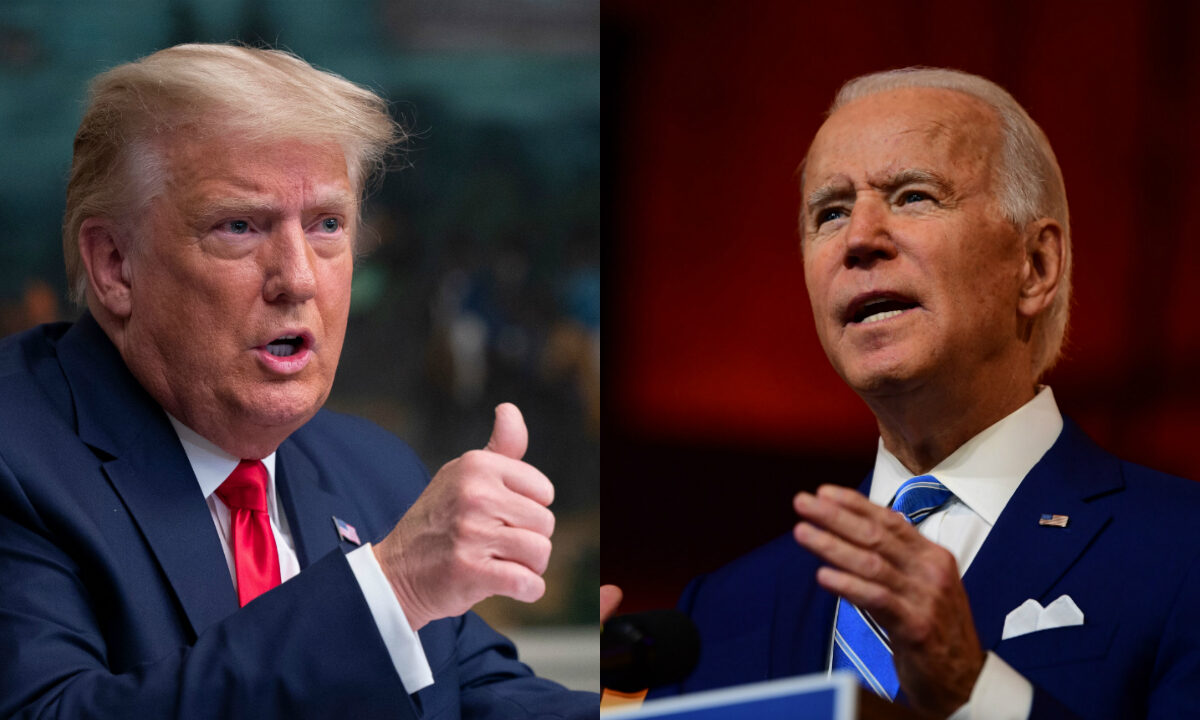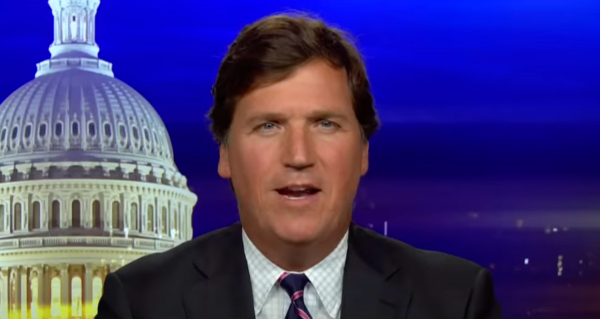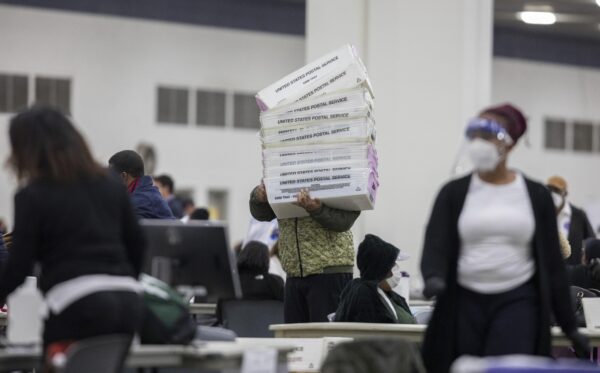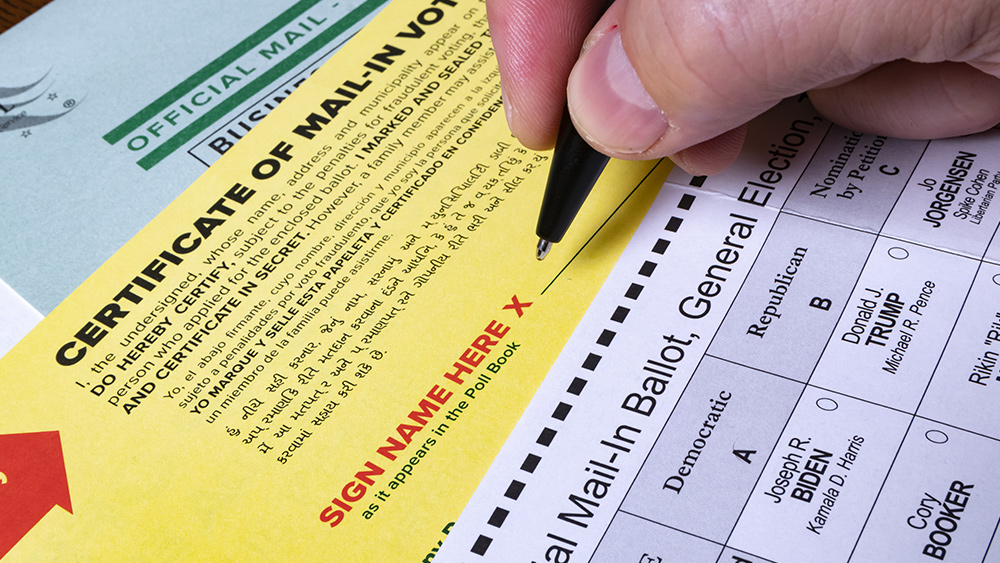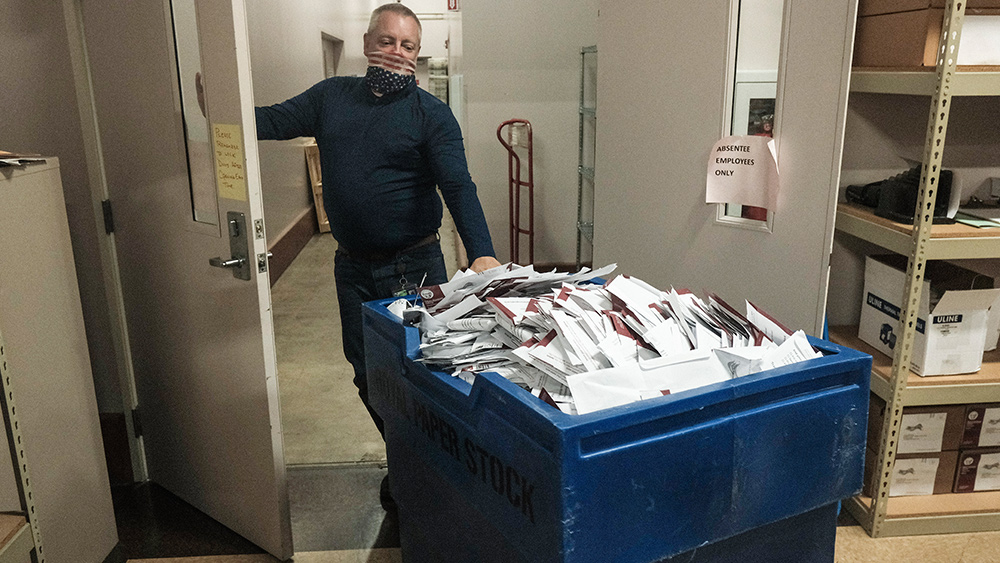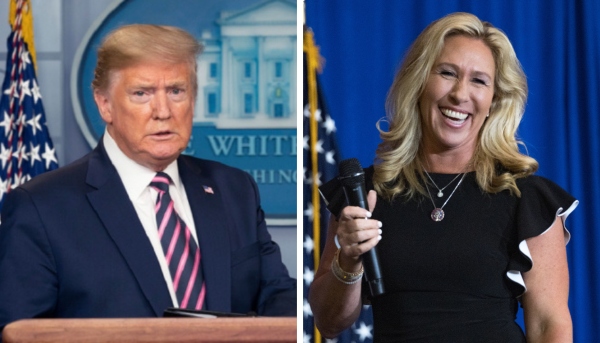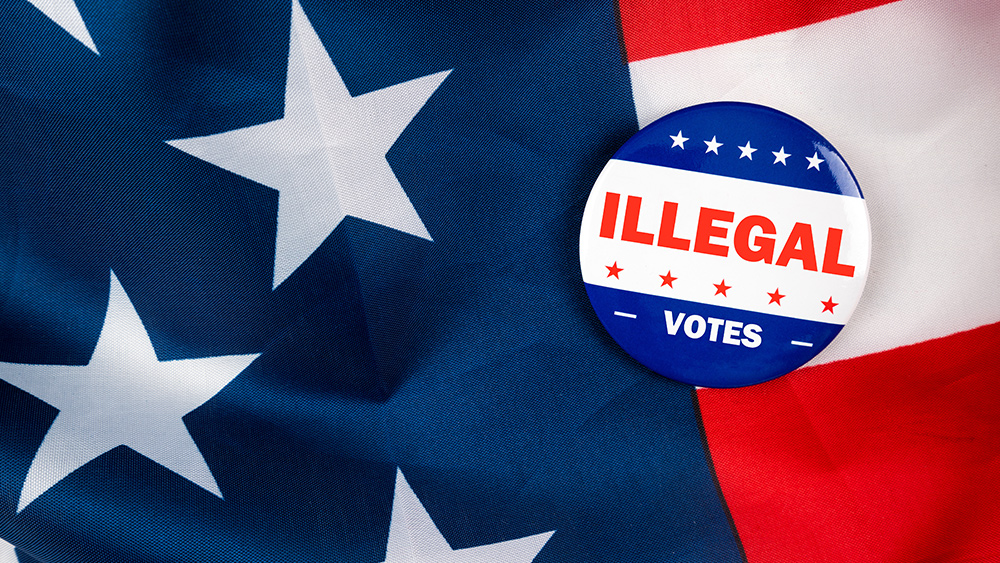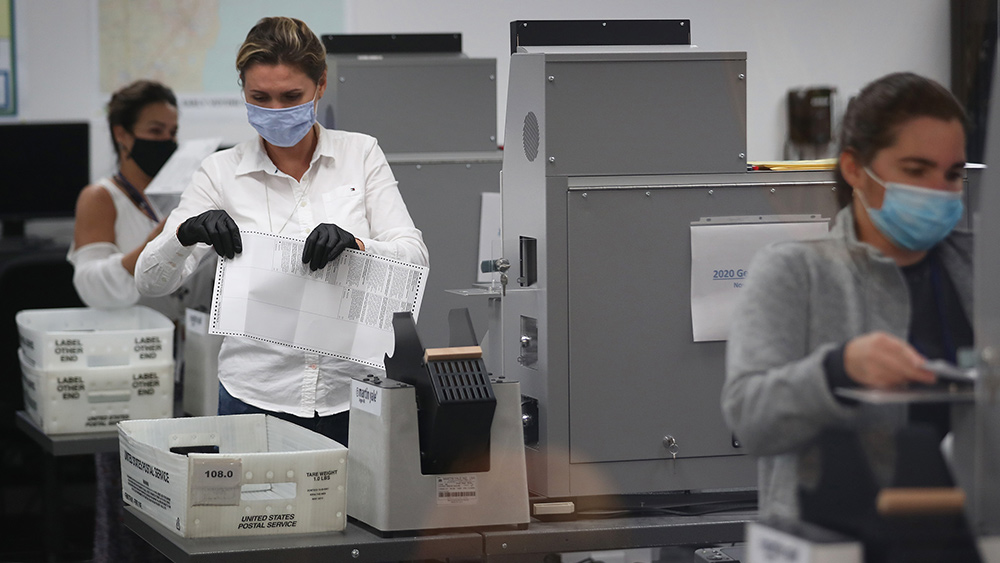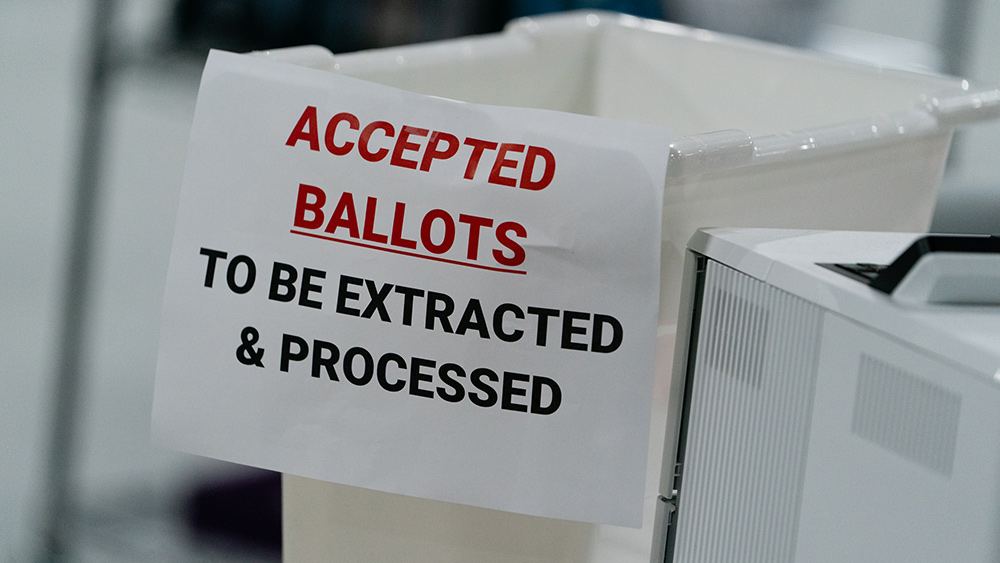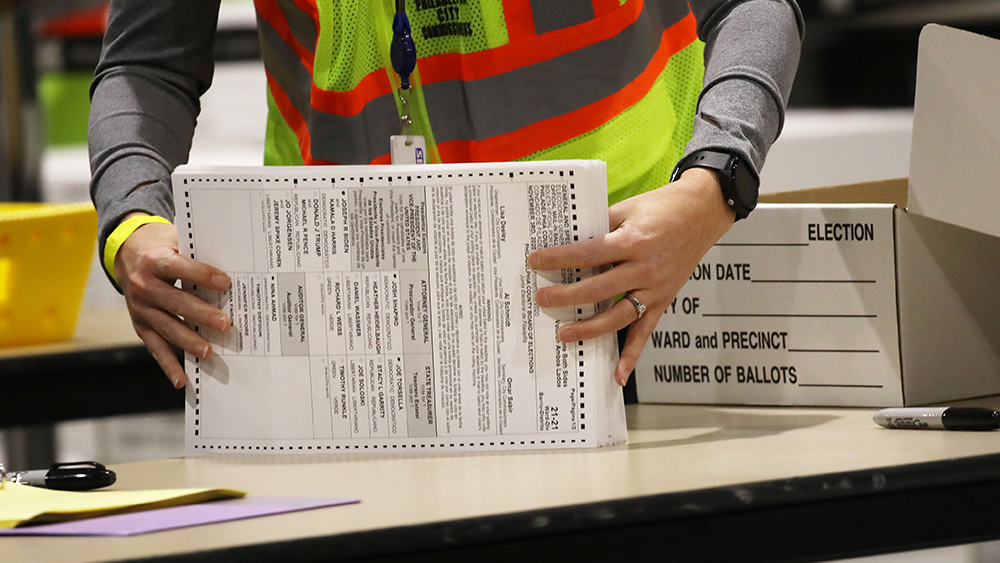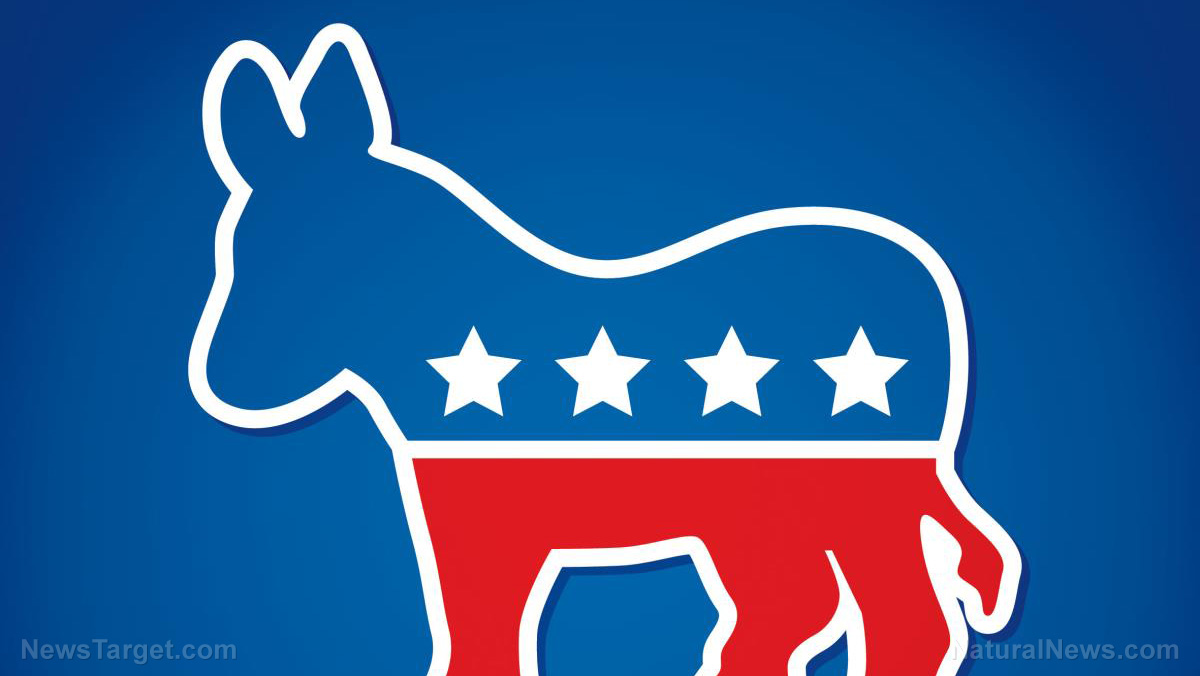Bankruptcies, unemployment “imminent” as coronavirus continues to batter the US
04/12/2020 / By Franz Walker

Economists from the Federal Reserve predict a wave in coronavirus-related bankruptcies in the next 12 months as the U.S. government continues to struggle with when to reopen the economy, and record numbers of people continue to file jobless claims.
The claim was made by no less than three economists from The Fed — Juan Sanchez in St. Louis along with Kartik Athreya in Richmond and Jose Mustre-del-Rio in Kansas City, saying that coronavirus-related bankruptcies could jump by 200,000 to reach 1 million, unless government stimulus programs stem the tide. The last time bankruptcies levels reached this high was back in 2010 near the end of the Great Recession, where personal bankruptcies reached 1.5 million.
Figures lower than the Great Recession, but could still get worse
According to the economists, bankruptcy filing due to the coronavirus will not reach the same levels as those seen during the 2007 financial crisis. However, Sanchez warns that it could still do so because the economy could deteriorate more than we assume.
They also noted that their estimates do not take into account medical bills — a big factor for some households during the current public health crisis depending on how government programs help.
For Edward Altman, professor emeritus at the New York University Leonard N. Stern School of Business, while the number of bankruptcies may not hit record levels the dollar amounts, or the bankruptcy’s worth in dollars, could do so because of the much larger amounts of debt people and corporations currently have.
“Whether it’s corporate bankruptcies or personal, this is unprecedented,” stated Altman. “We will break the record in dollar amounts because there are much greater amounts of debt outstanding now than in any prior downturn.”
According to the study, the surge in bankruptcy filings will hit some regions more than others. For some of these, filings were already rising before the outbreak. Farmers in Iowa were already hit hard by the U.S.-China trade war before the outbreak. So too were oil workers in Texas, where energy companies had to cut jobs due to diminished shale drilling as China weaned itself off U.S oil.
Unemployment will continue to mount
The increase in bankruptcy filings comes after consecutive weeks of record-breaking unemployment insurance claims. On Thursday, the Department of Labor announced that 6.6 million more jobless claims had been filed, equalling the numbers from the previous week.
Despite how large the number of filings already is, many economists agree that the actual number of job losses is even larger and that they will continue to mount.
Unemployment offices in many states have been overwhelmed by demand, despite efforts to expand their staffing and upgrade their technological capacity. In some of the hardest-hit places, applicants have been unable to get through to file their jobless claims online or even by telephone
Several economists are expecting that, by the end of the month, more than 20 million people will have been thrown out of work. This would push the unemployment rate towards 15 percent.
On Thursday, the Fed redoubled its efforts to break the fall with an ambitious plan to help companies and state and local governments gain access to funding. It stated that $2.3 trillion could be pumped into the economy with its new and expanded programs.
However, additional relief from Washington hit a Senate roadblock as both parties fought over what to include. Republicans are lobbying to earmark $250 billion to replenish a loan program for small businesses. Democrats, on the other hand, want $250 billion more to help hospitals and state and local governments deal with coronavirus-related expenses.
What exactly is needed to stabilize the economy is no more than guesswork according to some analysts. The sudden, purposeful halt to economic activity has no precedent, as such no one knows when the restrictions on movement and commerce meant to slow the outbreak will be lifted. What’s becoming more clear, however, is that it most likely won’t be soon.
Lifting restrictions too soon could cause a “deadly resurgence”
As economists and politicians weigh the cost of the restrictions, healthcare officials are warning against ending them early. In a recent press conference, Dr. Tedros Adhanom Ghebreyesus, head of the World Health Organization (WHO), stated that lifting them too early could spark a “deadly resurgence” of the outbreak.
“I know that some countries are already planning the transition out of stay-at-home restrictions. WHO wants to see restrictions lifted as much as anyone,” explained Dr. Tedros. “At the same time, lifting restrictions too quickly could lead to a deadly resurgence. The way down can be as dangerous as the way up if not managed properly.”
Dr. Anthony Fauci, the nation’s leading infectious disease expert and who is also a part of the White House Coronavirus Task Force, also cautioned against moves to relax restrictions. “Now is not the time to back off,” stated Fauci on the restrictions.
“We would want to see a clear indication that you were very, very clearly and strongly going in the right direction,” said Fauci. “Because the one thing you don’t want to do is you don’t want to get out there prematurely and then wind up back in the same situation.”
While lifting the restrictions and letting businesses reopen will allow people to get back to work, it also risks exposing them to the virus if done before the outbreak has been properly contained.
The gravity of having to weigh whether to risk a possible resurgence or face increased levels of unemployment and bankruptcy is one government leaders aren’t taking lightly. On Friday, President Donald Trump stated that next week, he would announce a council of business and medical leaders to help him make what he called the “biggest decision I’ve ever had to make” on when to reopen the American economy.
“The facts are going to determine what I do,” stated President Trump.
Sources include:
Submit a correction >>
Tagged Under:
Anthony Fauci, bankruptcy, Collapse, coronavirus, covid-19, economy, Federal Reserve, finance, flu, government, infections, NYU Stern School of Business, outbreak, Oxford Economics, pandemic, priority, superbugs, Tedros Adhanom Ghebreyesus, the Fed, unemployment, unemployment insurance, USA, virus, Wall Street, WHO, World Health Organization
This article may contain statements that reflect the opinion of the author
RECENT NEWS & ARTICLES
Trump.News is a fact-based public education website published by Trump News Features, LLC.
All content copyright © 2018 by Trump News Features, LLC.
Contact Us with Tips or Corrections
All trademarks, registered trademarks and servicemarks mentioned on this site are the property of their respective owners.

